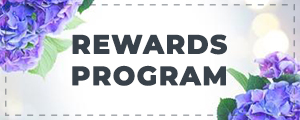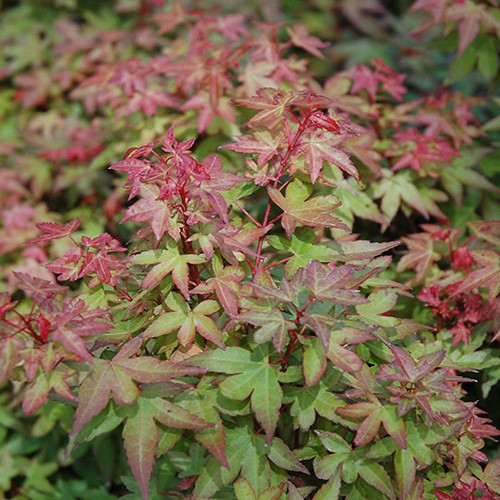| Acer palmatum 'Beni Hime' | USDA Zone: 5-8 |
Beni Hime Japanese Maple is primarily valued in the garden for its interestingly mounded form. It has attractive dark red-tipped green foliage which emerges red in spring. The tiny lobed palmate leaves are highly ornamental and turn outstanding shades of yellow, gold and burgundy in the fall. The crimson stems are very effective and add winter interest.
A very slow growing dwarf variety with tiny emerging red leaves on deep red stems that mature to green with red tips; fall tones of raspberry purple; a very low mounded habit with fine texture; an ideal selection for small gardens, containers, or bonsai.
Beni Hime Japanese Maple is recommended for the following landscape applications;
- Mass Planting
- Rock/Alpine Gardens
- General Garden Use
- Container Planting
Dwarf
Perfect tree for smaller gardens
Common Name: Japanese Maple, Beni-hime Japanese Maple
|
Key Feature
|
Light Needs | Landscape Uses |
 |
 |
|
|
|
|
| More About Beni Hime Japanese Maple |
| Height: 24 inches |
Spread: 36 inches |
|
Beni Hime Japanese Maple does best in partial sun to partial shade. You may want to keep it away from hot, dry locations that receive direct afternoon sun or which get reflected sunlight, such as against the south side of a white wall. It prefers to grow in average to moist conditions, and shouldn't be allowed to dry out. It is not particular as to soil pH, but grows best in rich soils. It is somewhat tolerant of urban pollution, and will benefit from being planted in a relatively sheltered location. Consider applying a thick mulch around the root zone in winter to protect it in exposed locations. Beni Hime Japanese Maple makes a fine choice for the outdoor landscape, but it is also well-suited for use in outdoor pots and containers. It can be used either as 'filler' or as a 'thriller' in the 'spiller-thriller-filler' container combination, depending on the height and form of the other plants used in the container planting. It is even sizeable enough that it can be grown alone in a suitable container. Note that when grown in a container, it may not perform exactly as indicated on the tag - this is to be expected. Also note that when growing plants in outdoor containers and baskets, they may require more frequent waterings than they would in the yard or garden. Be aware that in our climate, most plants cannot be expected to survive the winter if left in containers outdoors, and this plant is no exception. NOTE: Some flowers and plants may be harmful or poisonous to people or pets if touched or ingested. If you require more information before placing an order, please let us know in advance. |










